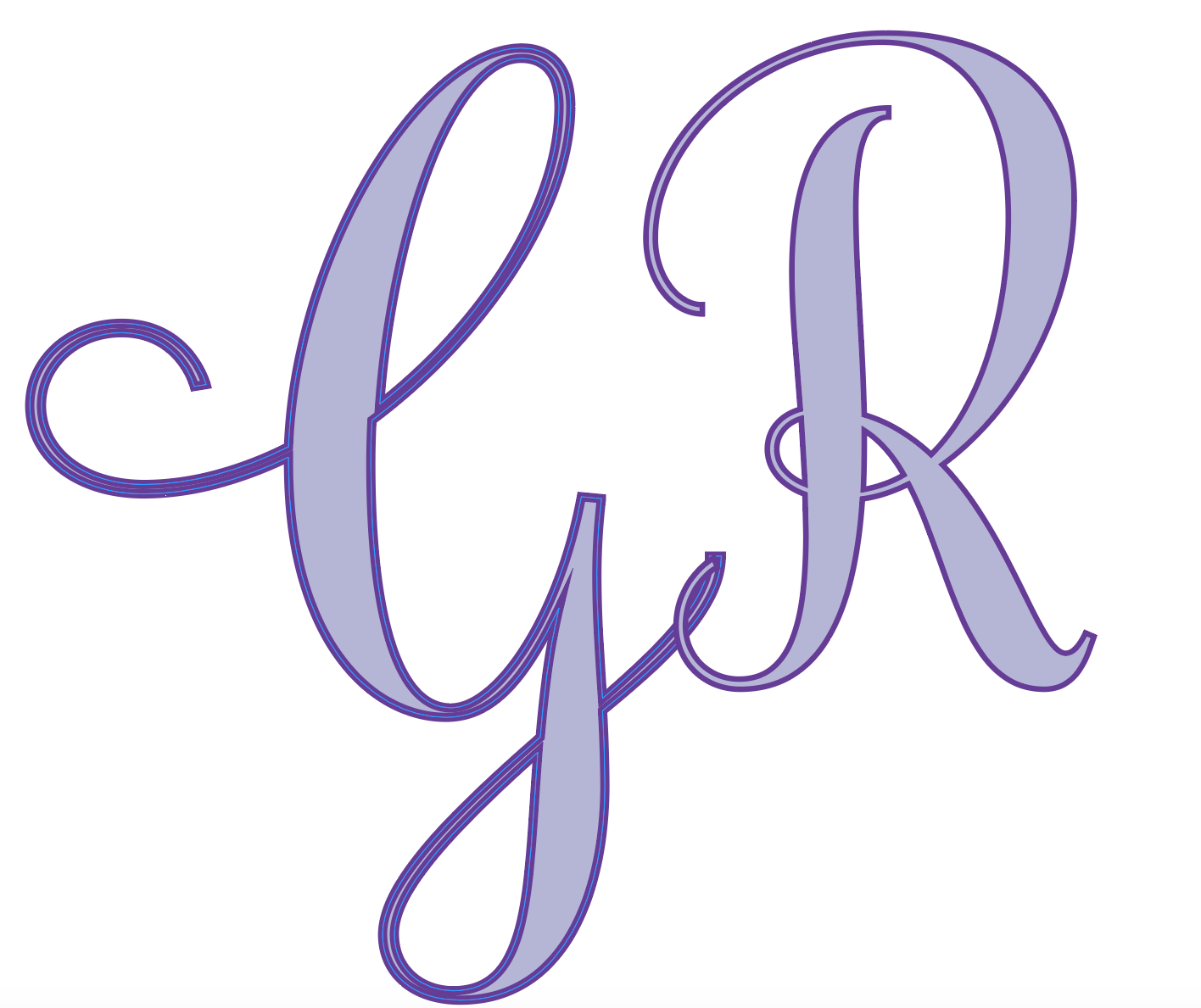Cancel Culture: Are You Next?
By Georgia Randall
Facing backlash in the public eye isn’t easy, and it never has been. There's a wide variety of challeges that PR professionals face when it comes to crisis responses, from ensuring that you resonate with your audience to deciding what kind of response should be given to the public: A lengthy instagram post? An apology video on tiktok?
Pepsi uploads a lengthy apology to instagram after missing the mark in an ad campaign featuring Kendall Jenner.
From the first crisis communication situation to now, public relations professionals have been at the forefront of dealing with public issues. However, there’s one factor that both complicates crisis communication and yet somehow makes it more manageable: social media. I'm going to get into the nitty gritty of social media and the challenges it poses for PR professionals in crisis communication, and provide you with some advice on how to use social media platforms to your advantage in case of emergency.
Morales, Juan S. "Can ❤️s Change Minds? How Social Media Influences Public Opinion and News Circulation." World Education, September 11, 2023
While social media offers the opportunity to communicate with the public on a more personal level and in a quick and efficient manner, it also leaves a lot of room for personal error and external opinions.
“You need to be prepared for today’s media culture, in which a tweet can become newsworthy and a news interview can become tweet-worthy.”
- Brad Phillips, President of Phillips Media Relations
Think about how you use social media and how easy it is to learn new information about a company or someone in the public eye and have your opinion influenced just by reading a few comments.
The influence of social media on public opinion and cancel culture
Social media can be a tricky thing when it comes to shaping public opinion. It’s almost every day now that some influencer, company, or celebrity is scrutinized under the public eye for being exposed in some way shape or form on social media. This is cancel culture, and it can occur as fast as what might feel like the blink of an eye to a PR professional. According to Pew Research Center, 58 percent of Americans think that using social media to call out an individual or a company holds them accountable for their actions, while 38 percent believe it punishes people who don’t deserve it. Oftentimes, the subject of scrutiny can make a slow comeback, but sometimes the perpetrator doesn’t get off the hook quite as easily.
Photo: AMY SUSSMAN/KCA2021/GETTY
A prime example of cancel culture is the David Dobrik scandal. David Dobrik was a highly successful Youtuber who created funny compilations of him and his group of friends going about their lives. When he got exposed for being a bystander to one of his friends in a case of sexual misconduct, he nearly disappeared from the internet for years after his apology videos didn't get the reaction that he was hoping for.
This is just one of many cases of cancel culture that social media has played a part in. Social media has completely changed the game for anyone and any company that has a place in the public eye. A reputation can be stripped away in a matter of seconds as a result of just one mere comment or like.
How you can use social media to your advantage
1. Use the fast paced nature of social media to reach your audience as fast as possible
2. Monitor the live feedback from the public: tweets, posts, comments, likes
3. Know when the right time is to handle matters on social media: it is crucial that PR professionals understand that addressing the problem on social media is not always the best move
4. Use social media platforms to connect with your audience and build a strong, more personal relationship
